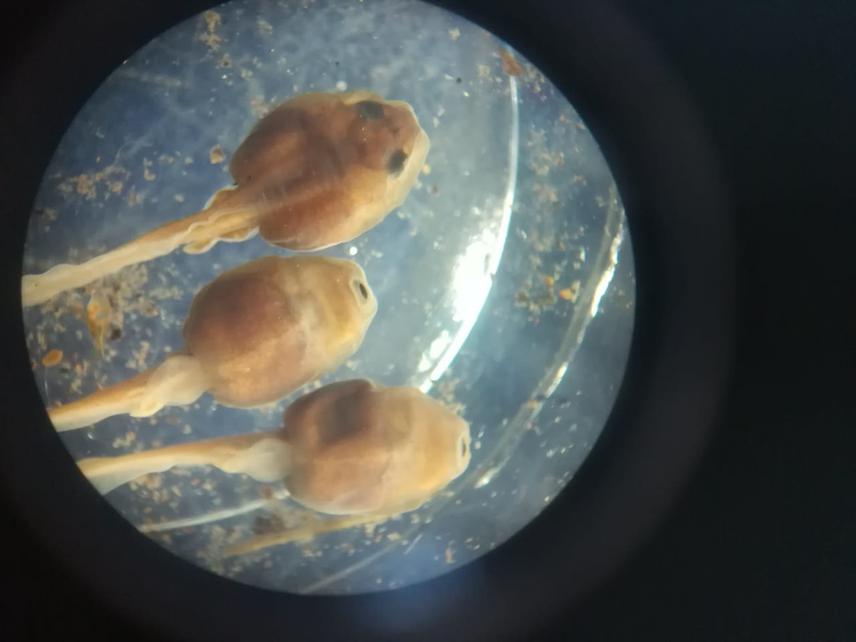Rodrigo Barbosa Ferreira
Other projects
27 Sep 2011
How Do Matrix-Habitat Types Influence Edge Effect? Field Study on Bromeligenous Frogs and Ecological Perspective of Local Farmers at Brazil’s Atlantic Forest
31 Oct 2013
How Do Matrix-Habitat Types Influence Edge Effects? Ecological Perspectives of Local Farmers and Applied Field Study on Frogs at Brazilian Atlantic Rainforest
10 Sep 2018
Are Forest-Collected Bromeliads Used by Frogs? Integrating Field Research, Citizen Science and Outreach towards the Conservation of Bromeliad Frogs
Brazil’s Atlantic Forest has only 10% of remaining native forest. Bromeliads from hilltop forests have been illegally collected and introduced into farmed valleys as ornamental plants. It has been hypothesized that these plants might represent stepping-stones or ecological trap for bromeliad frogs. Herein, I propose to investigate this hypothesis by monitoring bromeliad and frog species by conducting field research in hilltop forests and by developing a citizen science program at farmers’ gardens. By engaging the local community in citizen science and outreach activities, the results will have long-lasting impacts on conservation and sustainable management practices across this biologically rich biome

This novel conservation proposal has a strong emphasis on field research, citizen science, and environmental education to promote the conservation of Atlantic Forest biodiversity. This proposal focuses on protecting threatened bromeliads and frogs at the landscape by studying sustainable management practices in properties surrounding reserves. This proposal goes beyond a species-specific focus and will have broad implications for science, management practices, and conservation by:
a) describing three new frog species found during our ongoing field research;
b) surveying remote areas and potentially finding new species and populations of threatened frogs and bromeliads;
c) understanding the environmental drivers of the composition and distribution of bromeliad frogs across a mosaic landscape;
d) providing fine-scale natural history and ecological data for species risk assessments;
e) inventorying bromeliads sold to local residents and tourists at plant nurseries;
f) determining the threatened bromeliad species targeted by illegal collection from nature;
g) expanding the sampling design to Amazon and Caatinga ecoregions;
h) engaging local students in a citizen science program;
i) mentoring and training local biologists and early-career scientists;
j) strengthening the value of the local research center through scientific publications and enriching the botanical and zoological collections with specimens;
k) organizing outreach activities for local farmers and students;
l) promoting awareness of local residents to the immediate threats on species extinction;
m) training an early-career scientist in how to plan for and conduct captive breeding of bromeliad frogs;
n) producing short documentaries for the general public regarding the association between bromeliad and frogs;
o) communicating scientific and educational lessons directly to the Local, State, and Federal Agencies of Protection of Natural Environment.
Furthermore, it is worth mentioning that the objectives of this proposal are integral and pertinent to the Amphibian Conservation Action Plan priorities elaborated by the Global Amphibian Specialist Group (GASG) through the IUCN.